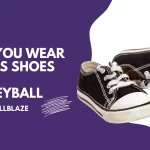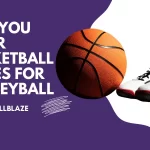In volleyball, a tip (or dink) is commonly seen as a way to save a broken play. This move, however, is used by strong volleyball teams as a strategy to gain an advantage over their opponent. How well does your team use tipping?
Do you understand it? If you tip, do you only do so when absolutely necessary or do you learn to use it as an element of surprise to throw off your opponent?
What is a Tip in Volleyball?
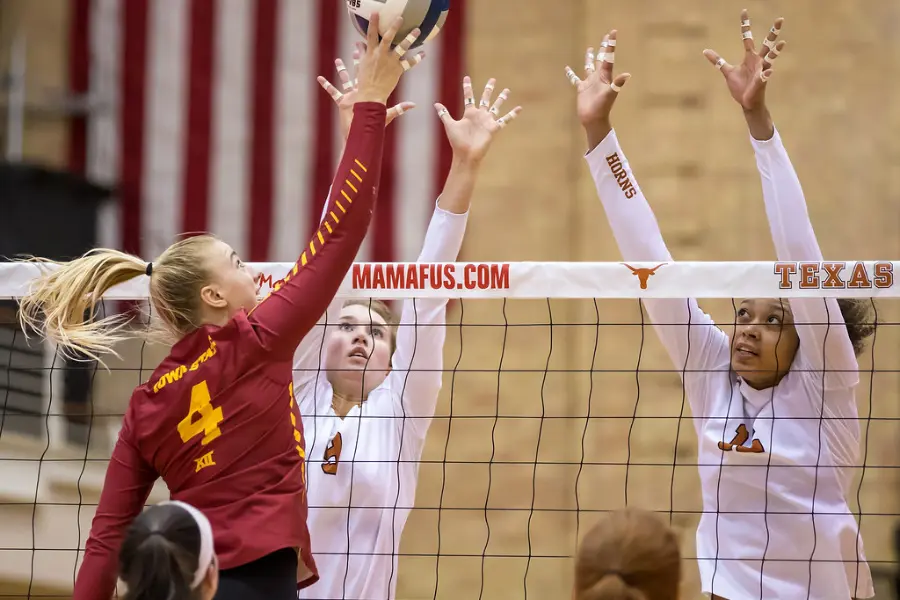
Tipping occurs when a player uses one open hand or knuckles to control the direction of the ball while sending it over the net instead of using the palm of the hand. Using tipping, the ball can be sent short or deep into the court and surprise the opponent.
Normally, to attack your opponents, you swing your arm to hit or spike the ball at high speed over the net. It’s not common in every rally to tip, which is quite different from this.
Despite tipping’s reputation as a means of saving the team from an unplayed ball, players (and most likely their coaches too) can see how it can work strategically to win games. Therefore, they spend time learning when to tip and practicing it.
Here’s what you need to know about why tipping is effective, the two main methods of tipping, and the key elements of effective tipping.
The Basics
Volleyball tips refer to a delicate touch or tap, altering the trajectory of the ball and surprising opponents. This tactic is both offensive and defensive, serving as both a weapon and a defense. It is fundamental to the game for players to strategically employ tips in order to gain a competitive edge.
Types of Tips
In the course of a volleyball game, volleyball enthusiasts are exposed to a wide variety of tips. Cut shots and roll shots are offensive tips, while dinks and soft blocks are defensive tips designed to disrupt the opponent’s attack. The ability to diversify a player’s gameplay depends on understanding the nuances of each type.
You may enjoy reading What Is The Attack Line In Volleyball?
Is Tipping Only A Bail Out Strategy?
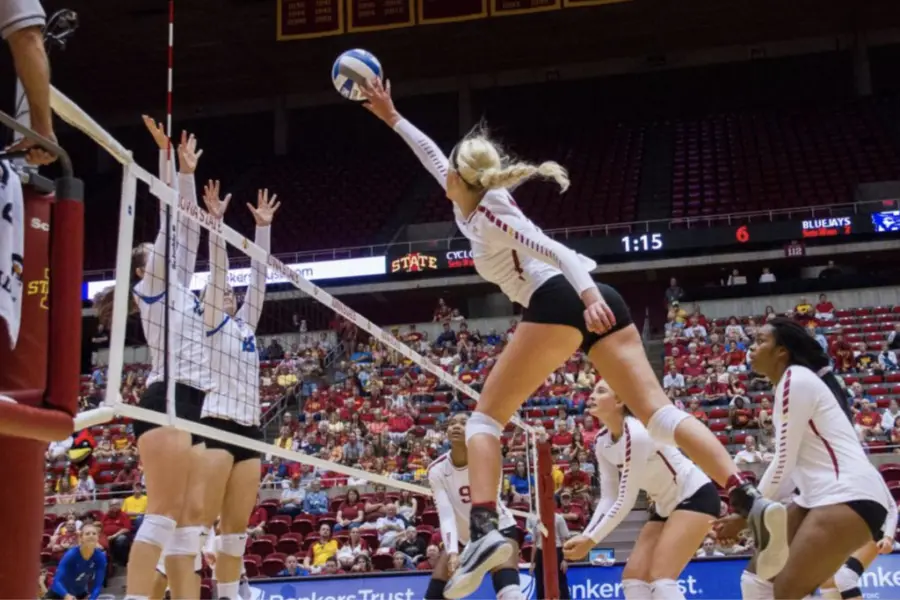
Tipping can be used as a “bail-out strategy” in volleyball if your offense does not run smoothly. A set may be a bit off-target or the hitter’s approach may be incorrect, requiring them to tip the ball.
When the opposing team blocks really well, you can expect them to be ready for you. You may bail yourself out of trouble with a well-timed tip, but that’s not its only purpose. You can boost your overall team success and morale by incorporating this move into your offensive strategy. In order to win the point, tipping strategically is about surprising the opponent.
By not using predictable techniques and strategies, volleyball teams can keep their opponents on their toes. This is made possible by a good tip.
By tipping, one can disrupt the other team’s defense or score a goal. Most of the time, this type of unexpected play will catch the opposition off guard, since they will naturally be on their heels.
What are the Tipping Methods?
Beach volleyball and indoor volleyball have different rules, so it is important to know what tipping methods are allowed and when. During a beach volleyball game, for example, open hand tipping is illegal. By breaking the rules, you will be in violation.
The two main methods of tipping are as follows:
Volleyball tipping with an open hand
Keep your tipping intention from your opponent, don’t give anything away! The court must be deceived in order to accomplish this.
You can do this by approaching the ball as if you were hitting it or spiking it. Using your finger pads, hit the volleyball between the middle and underside with your open hand.
Make sure you hit the ball hard enough to give it a boost just over the block or just over the net’s lip. This method gives you complete control over the ball’s landing. Once you’ve mastered this skill, you should be able to place it very short, in an open area, or even very deep.
Using your knuckles to tip in volleyball
The act of tipping the ball with your knuckles is known as a dink. Beach volleyball players must use their knuckles to tip the ball since it is illegal to use an open hand.
To achieve this, approach in the same way you would when hitting or spiked. Swing your arm to avoid giving anything away to your opponents. You should use two or three knuckles to hit the ball while making a fist with your hand.
To get this right, use flat knuckles to manipulate the ball’s direction. To give the volleyball height over the block and direct it to your intended target, hit it fairly hard on the bottom and middle.
You may enjoy reading What Is An Ace in Volleyball?
Tips for Executing a Perfect Tip
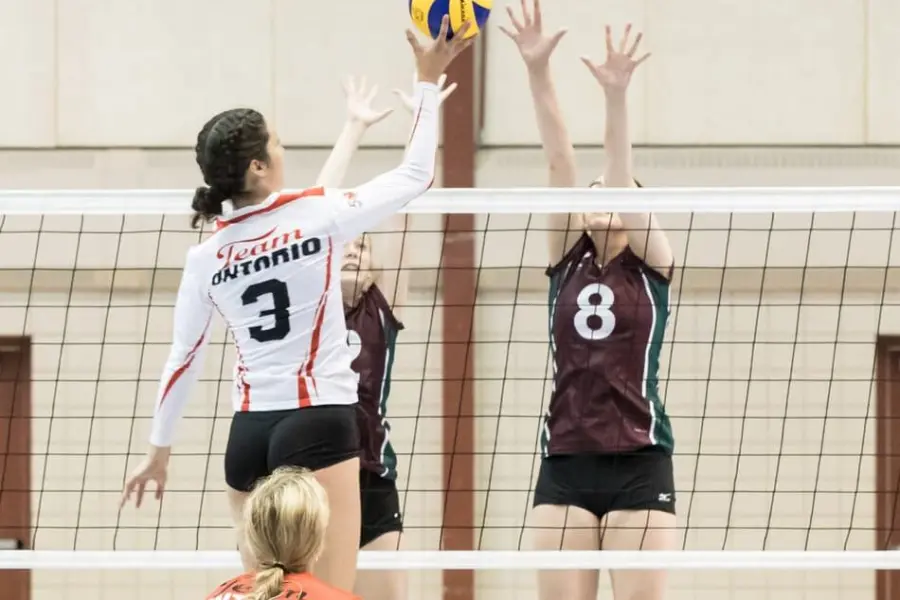
Precision and finesse are required to execute a perfect tip. To play well, players need to maintain proper hand positioning, timing, and control of their touch. It is crucial to practice tip drills in order to enhance accuracy. Having mastered the technique, players can confidently use tips.
Placement of tips strategically
When using tips, it is important to place them strategically. On the court, players strategically target vulnerable areas where opponents are weak. The placement of a well-placed tip can catch the opposing team off guard, resulting in valuable points.
Tips for reading and defending against
In this context, adept players must be able to detect their opponents’ tipping intentions. By anticipating the move, defensive strategies can be developed, such as adjusting block positioning or retrieving the ball quickly. The ability to defend against tips requires both skill and anticipation.
How Often Should You Tip?
Be careful with tipping…too much tipping can actually be detrimental!
Tipping shouldn’t be overdone. When you mix hard spikes with topspin, tipping will be most effective.
You lose the element of surprise if you keep tipping, and it becomes less strategic and predictable. The best time to tip is when you are expected to hit and the best time to tip is when you are expected to hit.
The use of a setter dump is a great surprise attack. Every once in a while, that move will be a game-changer. Whenever you do it too often, you’re just giving up a free shot.
Tips for Effective Tipping in Volleyball
Your coach will certainly cover tipping and dinking when you learn the basics of volleyball. You will discover that effective tipping consists of two main components.
To be effective and efficient during practices and games, keep these in mind.
Effective tipping consists of two elements:
Deception
Tip intentions should be kept secret. Deceptive play should be practiced by the team to get this right. By approaching as though you were going in for a normal attack, you will be able to achieve this. At the very last second, change to a tip technique. Approach hard, keep your elbow high as if you are going to spike.
Placement
The ball must be placed correctly to tip effectively. Unless you are aware of the opposition, you cannot simply tip without a strategy.
You need to pay attention to the defense’s position if you are going to succeed. If possible, you should tip the ball so that it lands between the defensive blockers, any players covering the space next to or directly behind the blockers, and any back row players.
Look for gaps or seams that aren’t being covered. The other team is left in a state of chaos as a result.
You may enjoy reading What Is A Side Out In Volleyball?
Tips for perfecting training drills
For tip skills to be perfected, dedicated training drills are required. Exercises can be incorporated to improve touch control, situational awareness, and quick decision-making skills. Practicing consistently refines individual skills as well as team coordination when executing successful tips.
Common Mistakes to Avoid
Players often make mistakes when trying tips, despite their effectiveness. Among these are telegraphing their intentions or failing to adapt to changes in the game dynamics. Consistent performance requires recognizing and rectifying these errors.
How To Improve Tipping Technique In Volleyball
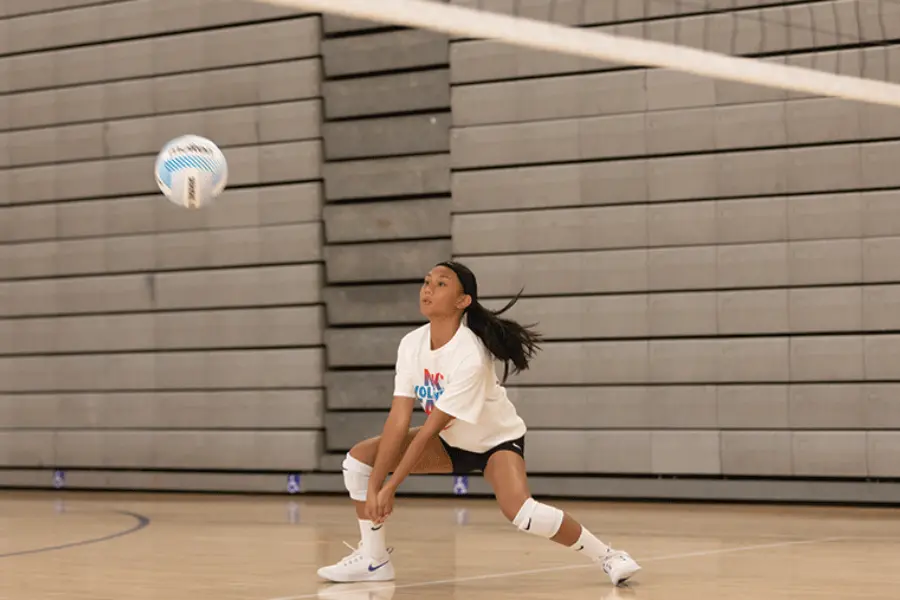
The goal of a volleyball team is to perfect their strategy and techniques. Tip defense may be all that coaches focus on in practice, rather than tipping itself.
You should not overlook tipping during practices – in fact, you should pay special attention to it so that all team members are aware of their responsibilities. Here are some tips for improving your tipping:
Boost your recovery with effective tipping
Keep the ball out of a blocker’s reach by using a tip to keep the ball from breaking. After a particularly difficult play, tipping can be a great way to recover.
Tip your opponent’s blocker
A ball can be aimed at the block’s upper forearms or wrists. It’s possible to make it extremely hard for the blocker to save the ball if you do this as a soft tip.
When the ball barely touches their hands after it appears that you are going to swing hard, they will be helpless.
Tip over the block, high to the deep court
Play behind the block to open up deep court spaces. It presents a challenge for the opposing team because they have only a split second to decide who will recover the ball.
Whenever you’re facing a team that crowds the net and leaves only their libero and maybe one other player in the back row, use this strategy. Defending that much open space must be a challenge.
Strategically choose when to tip, when to hit, and when to volley the ball.
Tip all sets, not just imperfect ones. It’s almost expected to see this type of play. It is expected that you will tip the ball if it is too low or out of your usual reach to hit properly. Keeping the opposing team guessing requires a mix of hits and tips.
Down the middle tip
Pay attention to what the opposition is saying. Are there any courtside observers in the middle? Don’t be afraid to mix up your tip placement if they often leave it open. Tipping to the block is sometimes done and tipping down the middle is sometimes done.
The more you practice tipping, the more consistent you will be! This is the best way to keep the other team on their toes and create chaos.
You may enjoy reading Best Men’s Volleyball Shoes
Volleyball Tips for Different Formats
Different volleyball formats place different emphasis on tips and how they should be executed. Unlike indoor volleyball, which emphasizes powerful spikes, beach volleyball requires finesse and precision with tips due to the challenging sand surface. The ability to play versatilely depends on understanding these nuances.
Volleyball Tips: Evolution
Over the years, changes in rules and playing styles have influenced the use of tips in volleyball. Adapting their strategies as the sport evolves, players incorporate new variations of tips to stay ahead.
The impact of tips on team dynamics
The execution of tips effectively contributes to positive team dynamics. By fostering communication and coordination between players, a cohesive gameplay strategy can be developed. For coaches seeking to improve overall performance, recognizing tips’ role in team dynamics is crucial.
Incorporating Tips into Training Sessions
Regular practice sessions must include tip-specific training for coaches. Players are better prepared to use this versatile technique during matches by emphasizing tips in different game scenarios and tailoring drills to enhance specific skills.
FAQs
Can tips be used in professional volleyball games?
Yes, of course! Tips are often incorporated into professional players’ gameplay, showing their versatility.
Are tips only effective in indoor volleyball?
Beach volleyball is not a format in which tips cannot be used effectively.
How can beginners improve their tip skills?
Practicing consistently, practicing properly, and participating in drills tailored to specific tips is key for beginners.
Are there any restrictions on the use of tips in official volleyball rules?
As of January 2022, official volleyball rules do not specifically restrict the use of tips.
Can tips be used as a primary offensive strategy?
To ensure a well-rounded gameplay approach, tips are usually combined with other attacking techniques.
Conclusion
Volleyball teams can gain valuable points by tipping. Developing your tipping or dinking technique and learning when it will have the biggest impact will reward you.
Your team will be able to save broken plays, handle difficult sets, and have a better chance of replaying the ball if you include tipping in your strategy. Even some points will be scored.
You may enjoy reading How to Set a Volleyball?

